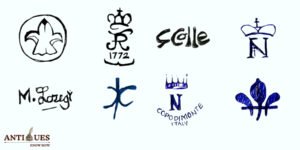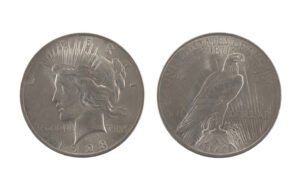Ceramic collectors love royal Italian Capodimonte Porcelain. Unfortunately, many can’t identify its marks and end up bidding for cheaper porcelain displaying similar Capodimonte-style logos.
Despite being a royal registered company, Capodimonte didn’t own its trademark. So, many local Italian companies reproduced it on their low-quality porcelain, marketing them as Capodimonte!
But this detailed guide will help you identify the real Capodimonte factory markings and important artist marks using hand-drawn references. You’ll also learn the true value of marked Capodimonte porcelain. Keep reading!
Brief History of Capodimonte Porcelain
The Capodimonte Porcelain Manufactory (aka the Real Fabbrica di Capodimonte or the Manifattura di Capodimonte) was a royal hard-paste porcelain factory based in Naples, Italy.
Here’s a brief account of its history and other milestones:
1743: King Charles VII and his wife, Queen Maria Amalia of Saxony, founded the Royal Porcelain Manufactory within their Reggia di Capodimonte palace complex in Naples. It soon became famous as Capodimonte, which means ‘a mountain top’ in Italian.
1750s: Famous sculptors and chemists like Livio Ottavio Schepers, Giovanni Caselli, and Giuseppe Gricci joined the company and introduced durable feldspar clays.
1759: Charles VII inherited the Spanish throne and became famous as King Charles III of Spain. During this time, he demolished his Naples factory and established the Real Fábrica del Buen Retiro in Madrid.
1780s – 1800s: Capodimonte Porcelain became popular in the 1780s, and new Chinoiserie and Grotesque motifs were introduced. The new art director, Domenico Venuti, also started the Academia del Modello, a ceramic sculpting school for budding Capodimonte artists.
1800s: Ferdinand IV succeeded his father to the throne and rebuilt the Capodimonte porcelain production unit in Naples. But in 1803, Napoleon ousted Ferdinand from his throne and sold the assets to Giovanni Poulard Prad.
1817: Eventually, the royal factory was closed. However, Copodimonte Porcelain is still made in European factories like Mollica, Cacciapuoti, Visconti, Rudolstadt, Ginori, Royal Worcester, and Majello today. But those are low-value pieces with a fake or reproduced ‘Capo di Monte’ mark.
Identifying & Dating Capodimonte Italian Porcelain Marks
Real Capodimonte porcelain bears various carved or glazed markings on its base, which can help you verify its authenticity. These marks include brand trademarks, location marks, and unique artist signs.
You can identify and date these old Capodimonte marks by their stamping style, motifs, and inks. Here are some details of different types of Capodimonte marks with their history and dating clues:
1. Capodimonte Porcelain Brand & Factory Marks
The Capodimonte factory mark is the stylized “fleur-de-lis” or five-point mark on the base of the porcelain. Most of these marks usually had an underglaze gold or blue finish.
However, some early 1750s marks were simply impressed in wet clay using a stylus.
Below are real vintage Capodimonte marks based on their years and icons:
1. Early 1743-1759 Capodimonte Marks
The early Capodimonte Porcelain marks used the fleur-de-lis symbol, i.e., the heraldic emblem associated with French royalty. These marks had painted blue or golden glaze symbols with elongated petals that resembled a C (as a tribute to King Charles himself).


Early 1743 – 1759 Capodimonte Porcelain Marks

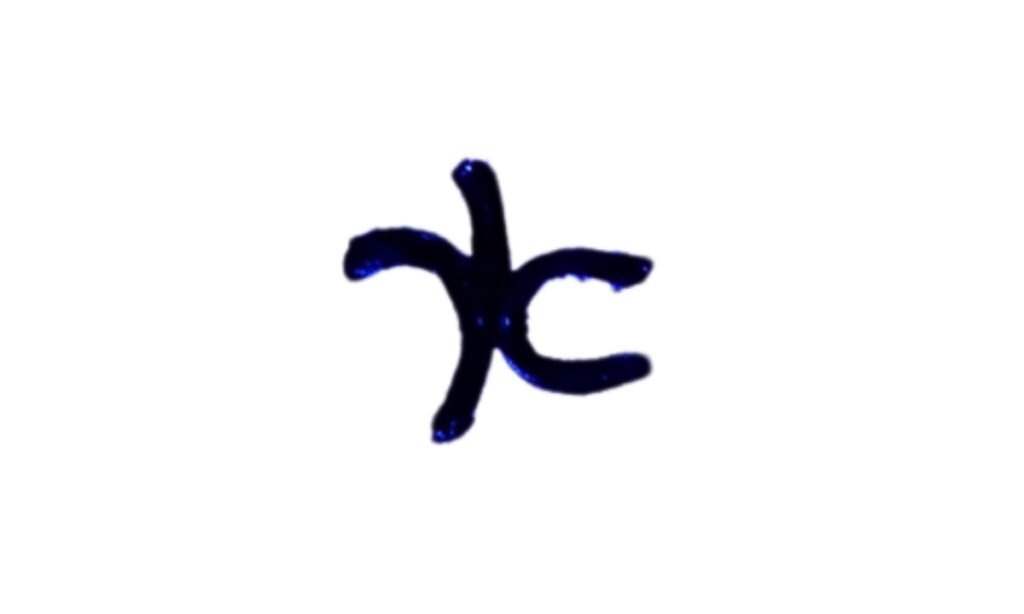
1743 – 1759 Capodimonte Porcelain Serveware Marks
However, despite a standard factory production, most pre-1750s Capodimonte figurines didn’t have the factory mark. But you can still identify them by their coarse, uneven bases, small heads, wide arms, feet, and coal-black eyes.
Popular Capodimonte Collectibles: Giuseppe Gricci’s shell-shaped snuffbox, War Veteran Beggar figurine, Mouse-catcher’s figurine, etc.
2. 1759-1771 Capodimonte Mark (Spanish Era)
The 1759 – 1771 Capodimonte marks used a stylized version of the ‘fleur-de-lis’ symbol, just like their previous counterparts. But this mark was more symmetrical like the one I’ve drawn below:

3. 1771-1817 Capodimonte Porcelain Mark (Ferdinand’s Era)
Charles’s son Ferdinand IV introduced the ‘Neapolitan N’ mark, a blue-ink, 5-point crown mark to the early 19th century Capodimonte Porcelain. Some variations of this mark might also have the words ‘Copodimonte’ and the location mark under them.
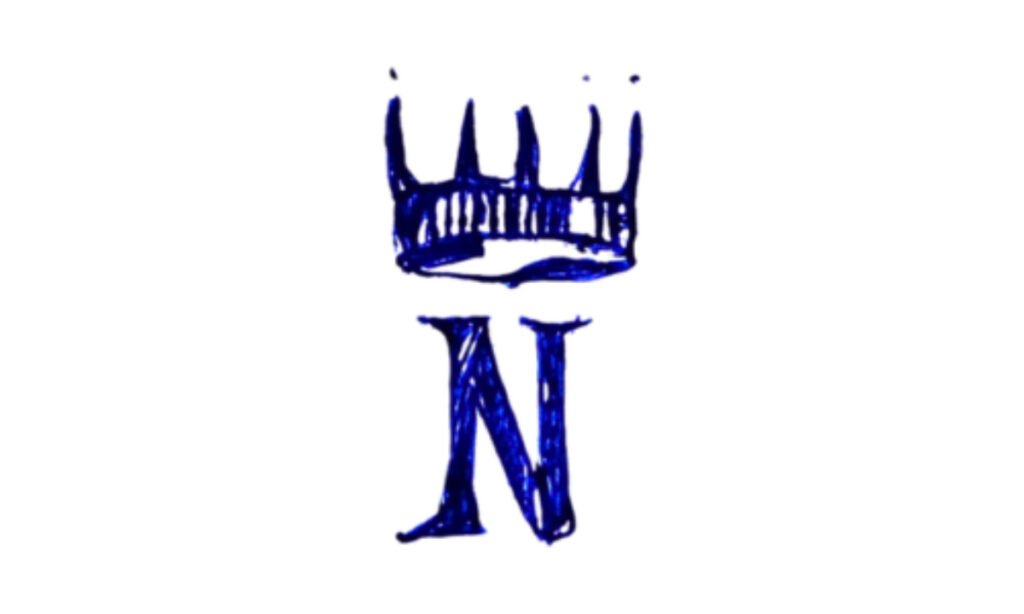

Besides the above brand marks, you may also find the two or three-point crown marks on some 1772 porcelain pieces. Usually, porcelain ware with these rare Capodimonte marks fetches $1,500 or more today!



Valuable Capodimonte Collectibles: The Chiron and Achilles Cup, Saint Joseph figurine, Herculaneum-themed plates, etc.
2. Capodimonte Porcelain Location Marks
The Capodimonte Porcelain manufactory introduced its first location marks when Ferdinand IV shifted the factory back to Naples in 1800. These new marks had a textual, black or blue underglaze, as shown in the references below:


3. Capodimonte Porcelain Artist & Maker Marks
During its primary service years from 1750 to 1817, the Capodimonte factory worked with renowned artists Giuseppe Gricci, Luigi Restile, Giacomo Nani, and Giuseppe Armani.
These artists introduced different designs and gilding techniques and marked their work with unique monograms and signs to distinguish them. Look for the following most popular artists and their marks on Capodimonte porcelain wares:
1. Giuseppe Gricci:
Gricci joined Capodimonte as their first chief modeler in 1743. He usually sculpted mythological and royal courtmen, venuses, and dancer motifs onto hard-paste Capodimonte porcelain.
However, Gricci didn’t commonly sign or mark his work. The only Capodimonte piece with Giuseppe’s ‘G.GRICC’ sign is the ‘Mourning Virgin’ figurine, currently exhibited at the Metropolitan Museum.
Also, most of Gricci’s original work is exhibited at various museums like the Capodimonte Museum and isn’t available for common auctions.
2. Giovanni Caselli:
Italian painter Giovanni Caselli joined the Capodimonte Porcelain Co. in the 1750s. He introduced Capodimonte’s first Rococo line by painting natural flower, leaf, and foliage forms onto soft-paste porcelain.
Like Gricci, Caselli didn’t sign any of his pieces. But you can still spot Caselli’s work by his natural and relaxed figurines, gilded details, and floral or natural paintings.
3. Luigi Restile:
Luggi, a professional animal and battle-field scene painter, assisted Gricci on his ‘Salottino di Porcellana‘ (Hall of Porcelain) designs at the Palace of Portici.
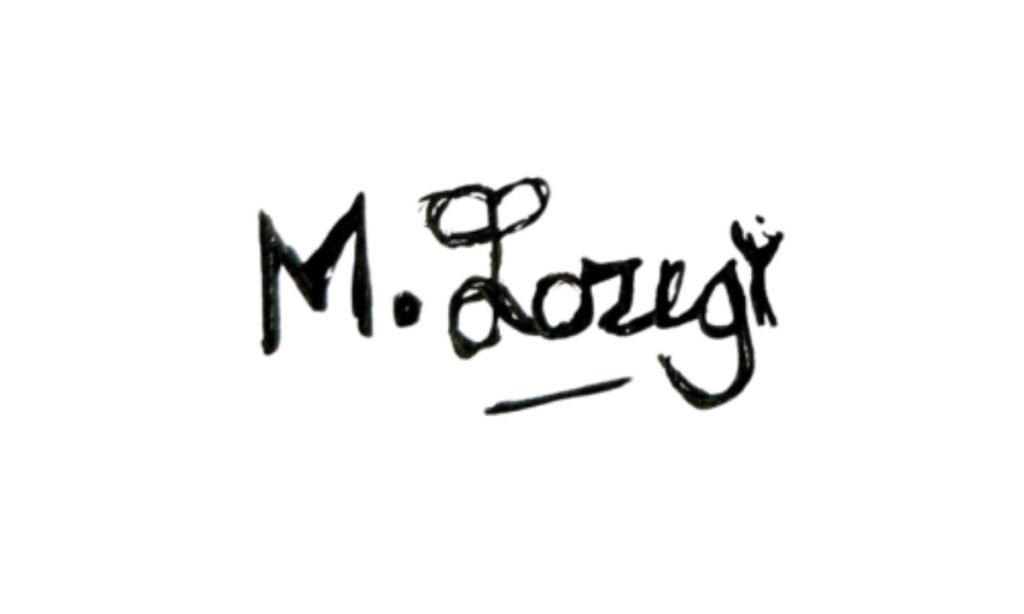
Apart from the above artists’ signs, you might find the following maker marks on newer and common Capodimonte porcelain:
G. Calle
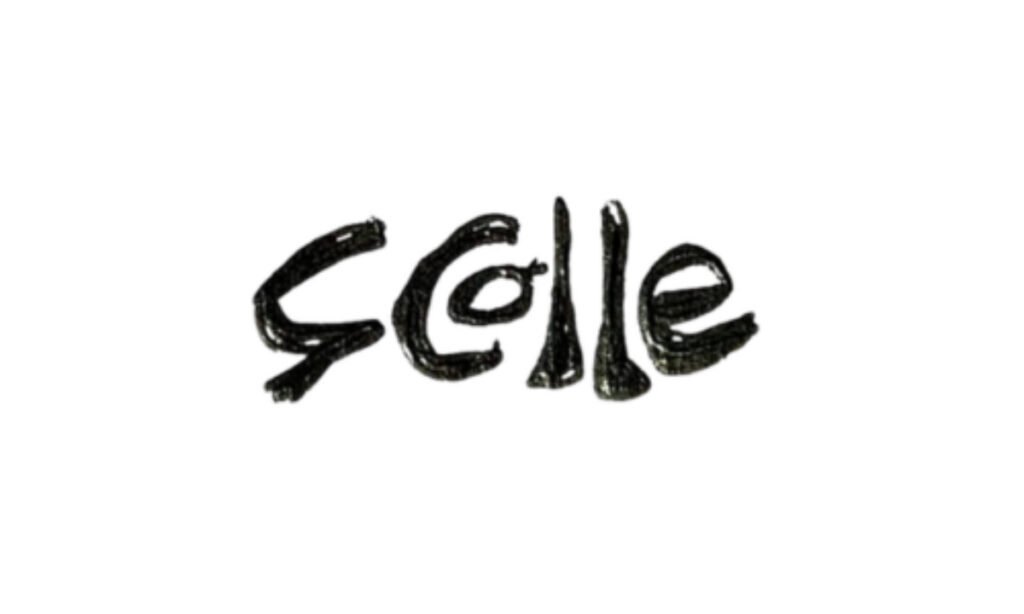
Giuseppe Armani

Pucci

Bruno Merli

Sandro Maggioni
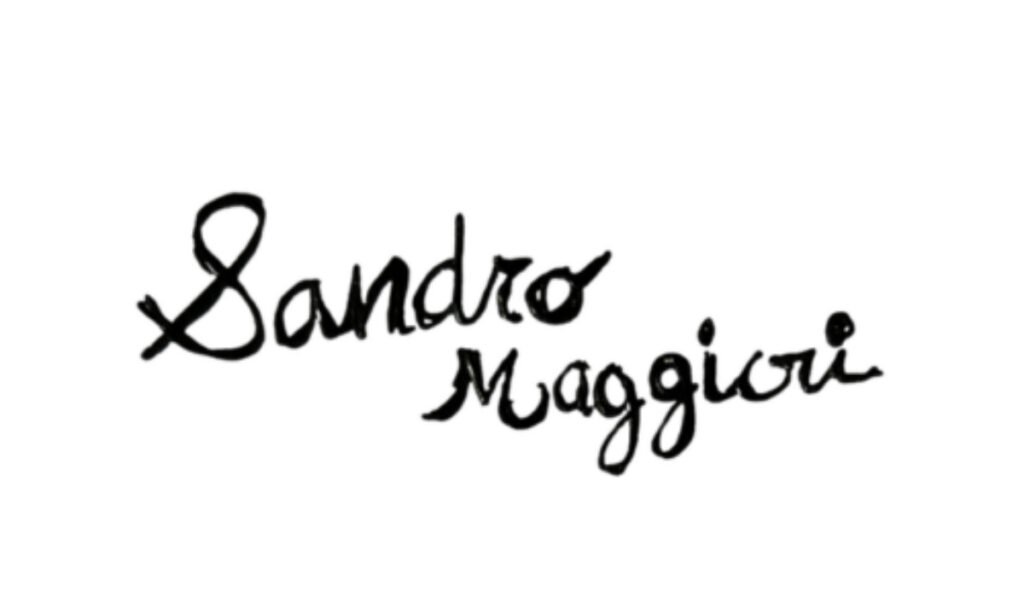
K. Tsubota

4. Model Numbers
Many of the 1800s Capodimonte Porcelain pieces might have a two or three-digit model number on their base. These marks are stamped or painted in black, blue, or golden ink.
However, there’s no documented list of Capodimonte model numbers. But, the numbers on most collectible pieces (1800 – 1815) fall between 1 and 300.
Reproduced Capodimonte pieces, on the other hand, consist of three to four digits with a slash or dot. For example, 200/4, 123/50, 190.5, etc. These numbers might also include an alphabet color code, such as ‘R’ for red, ‘B’ for blue, ‘Y’ for yellow, and so on.
Identifying Fake, Reproduced, & Modern Capodimonte Porcelain
Still trying to understand if your Capodimonte Porcelain is real or not? Here’s an easy five-step guide to help you spot fake and forged porcelain pieces easily.
1. Check the five-point crown mark.
Note that real Capodimonte Porcelainware uses a 3-D version of the crown icon, while the fake ones have similar-looking 2D icons like the ones I’ve drawn below:
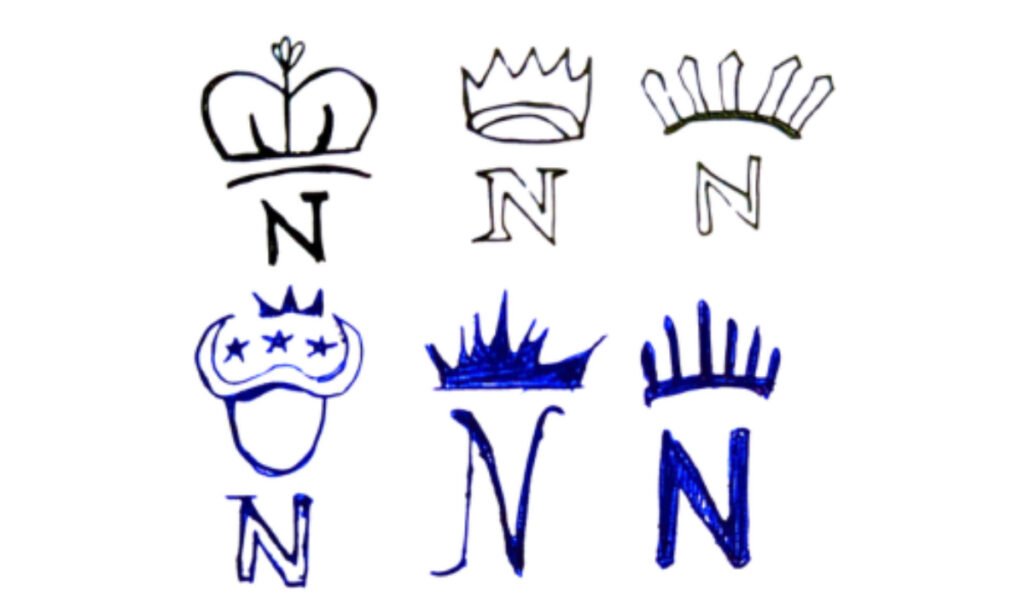
2. Check the alphabet below the crown mark.
Since Capodimonte Porcelain Co. didn’t own its brand mark, many other local Italian companies used modern Capodimonte-style marks on their pieces.
Usually, such reproduced marks don’t have a ‘N’ below the crown mark. Instead, the brand’s initials or factory names are simply painted under a 2-D crown logo.

This version of the crown mark (2D point crown with a G) was used by the Ginori factory in the 20th Century.
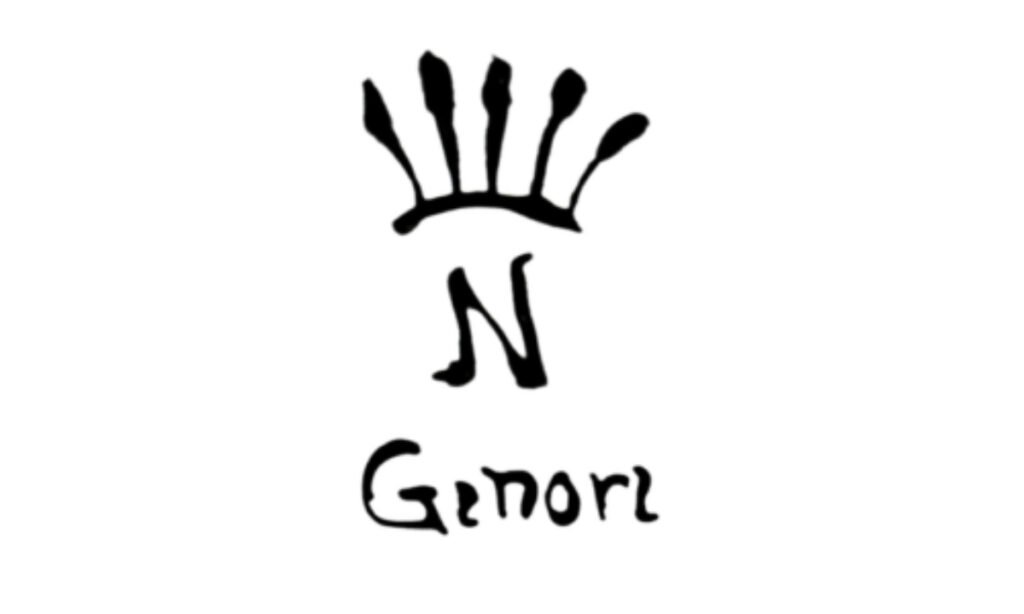
A similar mark was found on the 1896 – 1925 Ginori factory pieces. This one had the words ‘Ginori’ painted in bold, black ink under the main crown mark.

This ‘LPA’ mark was used by the Industria Lombardo Porcellane Artistche Company to market cheap porcelain ware as ‘Capodimonte’ pieces in 1925.
3. Check the mark styles.
Forged Capodimonte marks won’t be carved. Instead, they’ll have a printed sticker with the Neapolitan n and location mark. You can also spot these new & forged porcelain by their basket or Walt Disney designs, brass gilds, and openwork motifs.



4. Check the font of the markings.
Real Capodimonte porcelainware has simple or block letter marks, while the fake ones might be cursive or dotted.
5. Verify the location mark.
Original Capodimonte porcelainware has a ‘Made in Italy’ country stamp; the fake ones might have the “France” or “Germany” markings.
Capodimonte Porcelain Price Guide with Auction Values
Like other antique pottery, the value of vintage Capodimonte porcelain depends on its condition, rarity, size, age, and craftsmanship. Here’s how!
1. Condition:
Collectors generally don’t mind minor aging scratches on old Capodimonte porcelain. But visible chips, cracks, worn-out paints, and faded stamps can depreciate their value by more than 40% for them.
I found two listings for Capodimonte’s ‘Last Supper’ figurine on eBay. Among these, the mint-condition model fetched over $4,000, while the one with cracks and broken thumbs sold just for $1,650. So, the condition is important!
2. Age:
Old Capodimonte porcelain from the 1750 to the 1800s is more valuable than those made after the 1800s, during Ferdinand IV’s era. Also note that all the pieces made after 1817 are the cheaper, reproduced ones.
3. Size:
Large Capodimonte plates, vases, and figurines usually fetch about 10 – 40% more than small, 5-inch bowls and creamers.
4. Craftsmanship:
Remember that Capodimonte items with original artist signs, hand-painted flowers, intricate moldings, and realistic human details cost more than simple fruit or leaf-based designs.
5. Rarity
The Capodimonte’s rarity is one valuation factor that makes or breaks the deal. Artists like Gricci and Giovanni Caselli made Capodimonte porcelain in limited quantities. So, their signed Capodimonte pieces are rare and fetch millions of dollars.
Here are a few examples of such unusual auctions:
- A gold-gilded Capodimonte teapot and cover (1747 – 1752) fetched over $1.6 million at Christie’s Europe auctions.
- A rare 14-piece Capodimonte tea and coffee unit was sold for $1.2 million at Bonhams, London auctions.
- A Christie’s auction seller fetched a whopping $1.4 million for a 1750s Colombina figurine designed by Giuseppe Gricci.
Before you think you can’t afford such valuable Capodimonte porcelainware, relax! You can find common or used Capodimonte pieces for fair prices on e-commerce sites. Here are some examples of recent sales to give you a fair idea of Capodimonte values:
- Capodimonte Figurines: Small Capodimonte figures are worth $60 – 1,500, while large ones fetch over $5,000 – 10,000. Similarly, reproduced Giuseppe Armani figurines fetch over $2,000,m like this Wind Swept florence figurine that sold for $2,267 on eBay.
- Capodimonte Vases: Used Capodimonte vases usually value around $60 – $3,000 based on size. But the new or intricately painted vases cost more, such as a Louis XVI-style vase set currently listed for $14, 200 on 1st dibs.
- Capodimonte Lamps: Capodimonte lamps are generally worth around $80 – 1,400. A recent example is the pedestal-style Capodimonte figurine lamp listed for $700 on Mercari.
- Capodimonte Urns: You can expect a rough value of $50 – 1,500 for old Capodimonte urns. One such Art Nouveau-style painted urn is listed for $350 on Ruby Lane’s website.
- Other Items: Less decorated miniature bowls, cup and saucer sets, and cookie jars can sell for $100 – $300, while ornate pieces can go as high as $700. On the other hand, Capodimonte pedestals can fetch around $50 – $600, based on condition and size.
This visual Capodimonte marks guide will help you spot and date all the original and rare Capodimonte marks! All you have to do is compare its crown icon, fonts, and colors from our charts, and there! You’ll know your Capodimonte porcelain’s age and value in no time!
And if you want to identify and date the other Edelstein Bavaria, Royal Vienna, or Meissen Porcelain items from your collection, join my blog now!
Note: This article is intended for informational, educational, and entertainment purposes only. Some images are illustrative and may not represent actual brands, products, or related entities. All trademarks, product names, brand logos, packaging, and other intellectual property referenced remain the exclusive property of their respective owners. Any brand mentions or references are provided solely for descriptive and educational context and do not imply any formal or commercial association.

